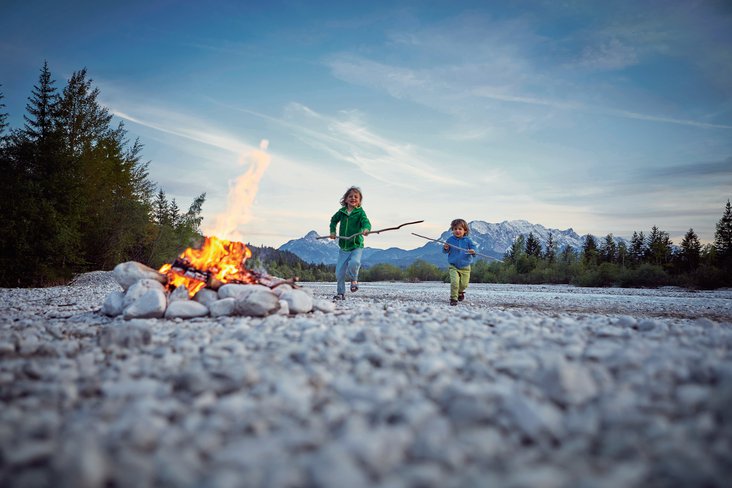Burns and scalds are essentially caused by the effects of heat on the skin. To understand why this kind of thermal damage very quickly requires professional medical treatment, it is worth considering how important our skin is and what its function is. The skin is the largest human organ. In adults, it has a surface area of around 1.7 square metres and weighs between 10 and 14 kilograms. Depending on the part of the body, it is 0.5 – 4 millimetres thick. The skin is composed of three layers, the epidermis, dermis and subcutaneous tissue, each of which is also composed of several layers (see below).
Cells in the epidermis ensure that the skin can constantly renew itself. The dermis is the thick, elastic yet firm middle layer of the skin. The subcutaneous tissue stores energy in its fat cells and insulates the body. The different layers of the skin have many functions – but its primary role is to protect against harmful external influences and loss of heat and fluids. It is also an important sensory organ.
Minor or severe burns
The severity of a burn depends on the temperature, duration and surface area exposed to heat. While more minor damage only affects the outer most layers of skin, serious burns or scalds also damage the deeperlying layers. Depending on which layers of skin are affected, burns are categor ised in degrees of severity ranging from 1 to 4.
The "rule of nines"
In addition to depth, surface area is another important factor when as sessing a burn. The socalled "rule of nines" is one way of quickly assess ing the affected area in adults (other percentages apply to children, see diagram on the left): burns to the head and throat account for nine percent, each arm nine percent, the front and back of the torso two times nine percent each, the genitals one percent, and each leg two times nine percent of the body surface area.
When are burns life-threatening?
The key factors for determining the severity of a burn and how dangerous it is are the depth (degree) and surface area of the affected skin. These factors determine whether the tissue damage is local or can affect the entire organism and is thus life-threatening. If ten percent or more of the body surface area (upwards of five percent in children) is affected, potentially life-threatening complications may arise.
In the case of second-degree burns larger than the size of a postcard (two to three percent of the body surface area), or if the face, genitals or hands are burned, a doctor should be consulted. If more than ten to fifteen percent of the body surface area has second-degree burns, the emergency services need to be called out.
All third and higher degree burns require treatment at a hospital – or if the affected area comprises more than ten percent of the body surface area, at one of the two special burn centres in Switzerland.
It is important to note that in the case of children and people who are elderly or infirm, burns to between five and ten percent of the body surface area can already have potentially fatal consequences. Information on how to identify and treat burns can be found in the overview on the right.
More on this subject can be found in the bfu guide (Swiss Council for Accident Prevention) at: www.bfu.ch

